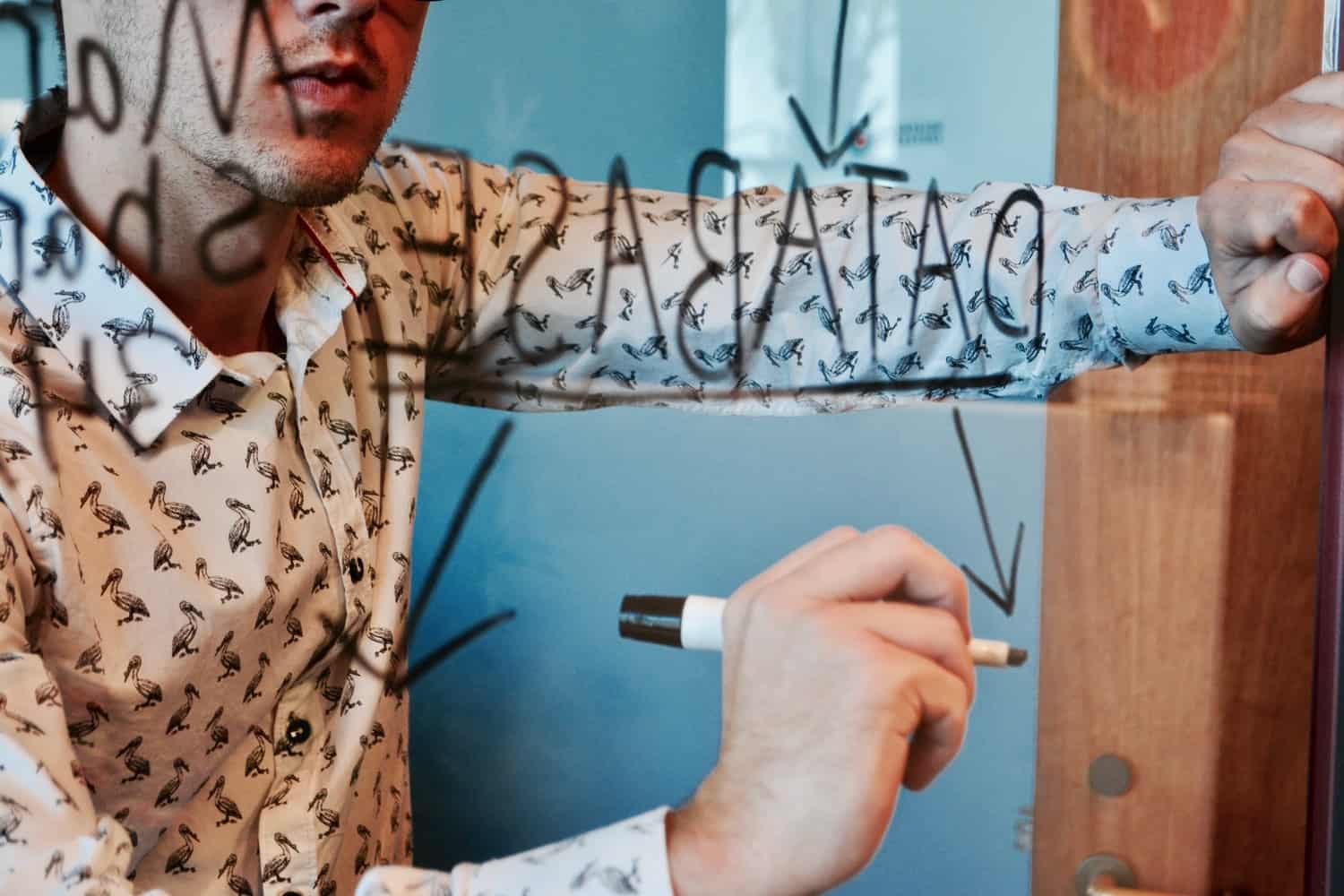/creative-thinking-definition-with-examples-2063744_FINAL-5c61af0ac9e77c0001d321c2.png)
Creative Thinking: What Is It?
What Is Creative Thinking?
Definition & Examples of Creative Thinking
Table of Contents
BY ALISON DOYLE
Updated June 26, 2020
Melissa Ling / The Balance
Creative thinking is the ability to consider something in a new way. It might be a new approach to a problem, a resolution to a conflict between employees, or a new result from a data set. Employers in all industries want employees who can think creatively and bring new perspectives to the workplace.1
This article will dive into what creative thinking is, types of creative thinking, and the benefits of thinking creatively in the workplace.
What Is Creative Thinking?
Creative thinking means thinking outside the box. Often, creativity involves lateral thinking, which is the ability to perceive patterns that are not obvious.2
Creative thinking might mean devising new ways to carry out tasks, solve problems, and meet challenges. It means bringing a fresh, and sometimes unorthodox, perspective to your work. This way of thinking can help departments and organizations be more productive.
Creativity thinking isn't limited to artistic types. Creative thinking is a skill that anyone can nurture and develop.
How Creative Thinking Works
Opportunities for creative thought in the workplace vary from obvious artistic positions to highly technical ones. Generally, anything that involves an “aha” moment is considered creative. Here are some examples of how to display creative thinking in different jobs.
Artistic Creativity
You don't have to be an artist for your work to have an artistic element. Perhaps you arrange retail displays for maximum impact or shape the path of an enticing hiking trail. Other artistically creative tasks might include designing logos, writing advertising copy, creating the packaging for a product, or drafting a phone script for a fundraising drive.
Creative Problem-Solving
Creative problem-solving stands out as innovative. A creative problem-solver will find new solutions rather than simply identifying and implementing the norm. You might brainstorm new ways to reduce energy use, find new ways to cut costs during a budget crisis, or develop a unique litigation strategy to defend a client.
Creativity in STEM
Some people think of science and engineering as the opposite of art and creativity. That's not true. The fields of science, technology, engineering, and math (STEM) are highly creative. Designing a more efficient assembly line robot, writing an innovative new computer program, or developing a testable hypothesis are all highly creative acts.
The history of science and technology is filled with projects that didn't work, not because of errors in technique or methodology, but because people remained stuck in their assumptions and old habits. STEM fields need creativity to flourish and grow.
Types of Creative Thinking
Creative thinking is expressed in several ways. Here are some of the types of creative thinking you might see in the workplace.
Analysis
Before thinking creatively about something, you first have to be able to understand it. This requires the ability to examine things carefully to know what they mean. Whether you are looking at a text, a data set, a lesson plan, or an equation, you need to be able to analyze it first.
Open-Mindedness
To think creatively, set aside any assumptions or biases you may have, and look at things in a completely new way. By coming to a problem with an open mind, you allow yourself the chance to think creatively.
Problem-Solving
Employers want creative employees who will help them to solve work-related issues. When faced with a problem, consider ways that you can solve it before asking for help. If you need the input of a manager, suggest solutions rather than just presenting problems.
Organization
This might seem counterintuitive: Aren’t creative people known for being somewhat disorganized? Actually, organization is an essential part of creativity. While you might need to get a bit messy when trying out a new idea, you need to organize your ideas so others will understand and follow through with your vision.
Communication
People will only appreciate your creative idea or solution if you communicate it effectively. You need to have strong written and oral communication skills.
You also need to be able to understand a situation fully before thinking creatively about it. That means you also need to be a good listener. You may come up with a unique solution by asking the right questions and listening to the answers.
Benefits of Creative Thinking
Employers want creative thinkers because it benefits their bottom line. Companies that foster creativity may see more revenue growth.3Positioning yourself as a creative thinker can make you a more appealing job candidate or leader within your current organization.
When you're applying for a job, think about how your creative nature has helped you in the past and how it might be an asset in the job you're seeking. In your resume and cover letter, consider including keywords that demonstrate your creativity.
In your cover letter, include one or two specific examples of times your creative thinking added value to your employer. Perhaps you came up with a creative way to save your department money, or maybe you developed a new filing system that increased efficiency.
Come to your interview prepared with examples of how you've demonstrated your creativity. This is especially important if the job description lists creativity or creative thinking as a requirement.
If you're looking for creative opportunities as a means of personal fulfillment, you can find satisfaction in surprising places. Any job that allows you to put your own spin on your work will end up being and feeling creative.
Key Takeaways
- Creative thinking is the ability to consider something in a new way.
- Creative thinking includes analysis, open-mindedness, problem-solving, organization, and communication.
- Many employers value creative thinkers, so consider highlighting your creative thinking skills on your resume and in interviews.









